Hey Rush:
I understand your confusion in trying to identify the mineral samples with some of the erroneous and pseudoscience/chemistry answers you are getting.
Someone must have sleep through their high school/college chemistry classes, because neither the atomic number nor the relative atomic mass of an element has anything to do with density. Density (often referred as specific gravity), is the ratio of a substance (solid or liquid) when compared to water (distilled and chilled to 4 degrees Celsius). A gases density is measure against air.0
FYI, on the Periodic Tables there are only 3 precious metal elements (Pt, Ir, Os) heavier than gold, and one base metal (W) equal to gold's density. There are 3 other elements heavier than gold, but they are somewhat radioactive, so we will ignore on them. (CRC Handbook of Chemistry and Physics).
Also, gold is not soluble in store bought bleach (sodium hypochlorite). That bleach contains sodium hydroxide (at about pH 10), which locks up the chlorine. It's not until you dilute the bleach with water that the chlorine is released, but in the molecular form. Gold is NOT soluble in molecular chlorine, it's soluble in nascent chlorine. Another missed chemistry class. The plain bleach may have dissolved something, but it wasn't gold. Now, if you add an acid to that bleach, that's a different story. Check out MINTEK's iGoli leach process.
The good news is, I think your heavy mineral has been identified. From your photos, Dave suggested chalcopyrite and that's a very good possibility. But, I'm going with TAKODA and call it arsenopyrites. One of your vials has a darker gray color like galena, but I think that was caused by oxidation or funny photos angle.
More good news, you can perform a couple simple field tests to get your answer. With a mineral loupe or a microscope, look at the mineral's crystal structure. Arsenopyrite is monoclinic (orthorhombic) with heavy striation, chalcopyrite is tetrahedral with some striation and galena is isometric cubed faced.
If still confused, in a well ventilated area (Safety First), gently apply torch heat to a small sample until a dull red. Galena will produce lead (Pb) balls, chalcopyrite will look copper color, and arsenopyrite will greatly reduce in volume and become magnetic. Some people can smell a garlic odor during this process on arsenopyrite, but be careful as you will be snorting arsenic, sulfur and maybe even mercury.
Did I already mention a well ventilated area? SAFETY FIRST. Try a couple simple tests and than you can tell us what mineral you have.
Good luck,

John




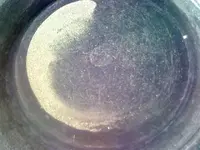
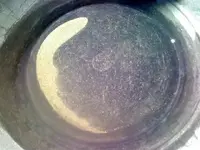
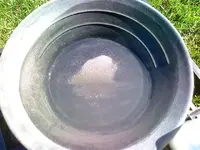
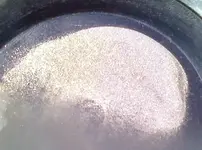
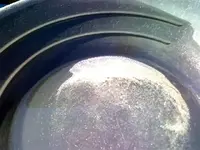
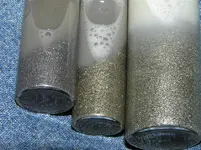
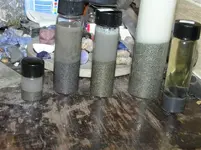
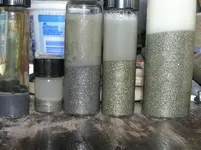
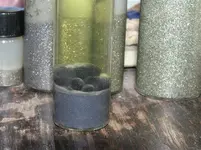
 Nice Find though, looks promising
Nice Find though, looks promising





